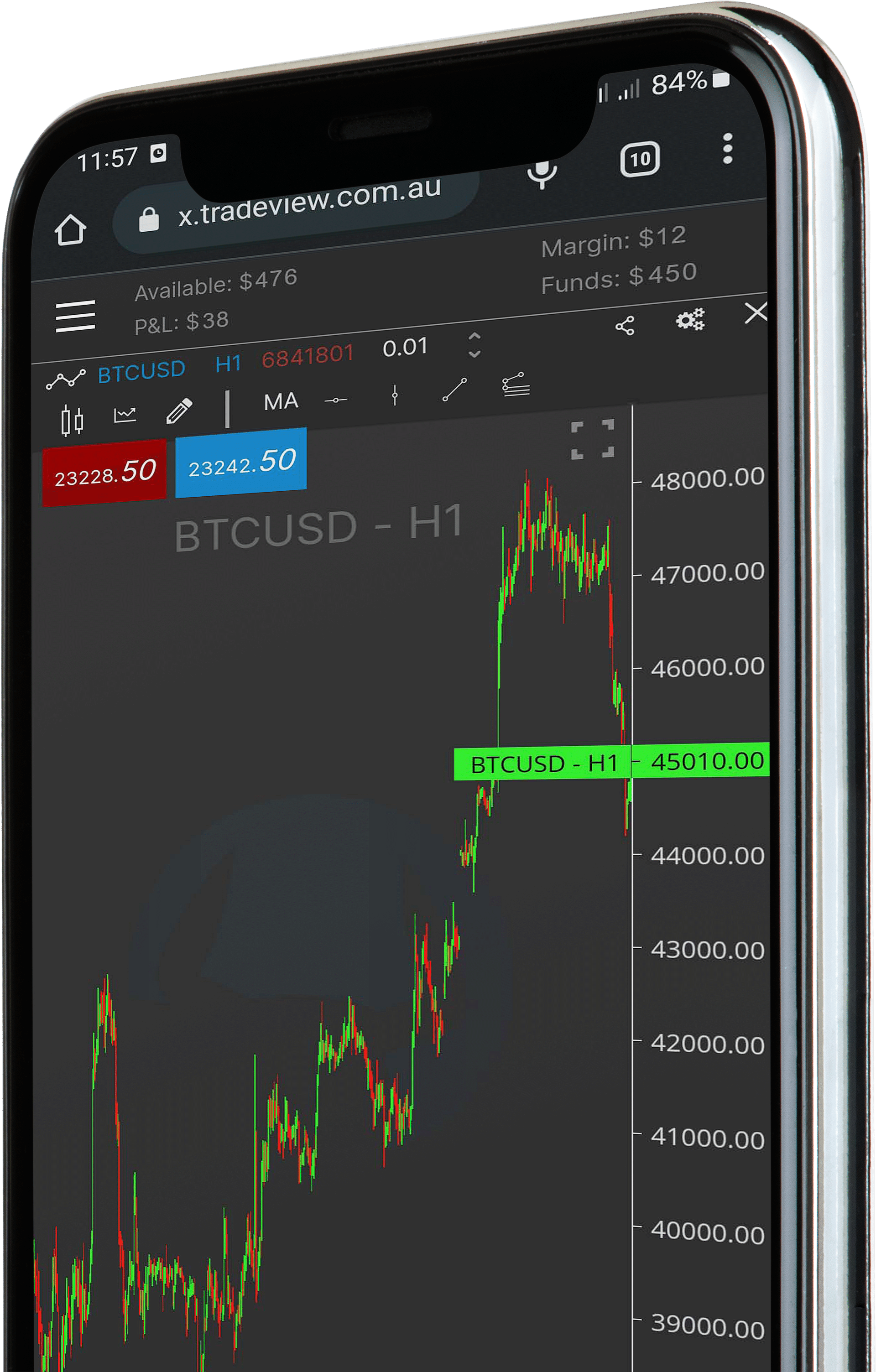Welcome to Episode 70 of Trading Talk.
Scalping is a trading technique that involves making multiple trades in short timeframes to profit from small price movements. While scalping can be a profitable strategy, it requires fast execution and decision-making, making it difficult to implement manually. That’s where automation comes in. By using automated systems, traders can execute scalping trading strategies more efficiently and effectively, leading to increased profitability. In this post, we’ll explore the benefits of using automated systems for scalping trading strategies.

What is scalping, and how does it work?
Scalping involves making multiple trades within a day, aiming to profit from small price movements. Scalpers use technical analysis to identify short-term trends and take advantage of market volatility. However, manually executing these trades can be challenging and time-consuming, requiring quick decision-making and precision.
What are the benefits of automation in scalping trading strategies?
Automated systems can help traders execute scalping strategies more efficiently and effectively. Automated systems can perform trades based on pre-set criteria and algorithms, eliminating the need for manual execution. This reduces the risk of human error and ensures trades are executed quickly and accurately.
In addition, automated systems can analyze multiple markets simultaneously, identifying trading opportunities that may be missed manually. By identifying trading opportunities quickly and efficiently, traders can maximize their profits and reduce their risk exposure.
What are the key features of an automated scalping trading system?
An automated scalping trading system should have several key features, including trade management, risk management, and technical analysis tools.
Trade management tools should allow traders to set specific entry and exit points for trades, while risk management tools should help traders manage their risk exposure, including setting stop-loss orders and limiting the number of trades taken per day.
Technical analysis tools should provide scalpers with the necessary indicators to identify market trends and take advantage of trading opportunities. These tools should include indicators such as moving averages, Bollinger Bands, and RSI.
How can traders incorporate automation into their scalping trading strategies?
To incorporate automation into their scalping trading strategies, traders can either develop their own automated systems or use pre-existing automated trading platforms.
When selecting an automated trading platform, traders should consider factors such as the platform’s ease of use, its features and functionalities, and its pricing structure. Traders should also customize the automated system to fit their specific trading needs, including setting trade parameters and risk management tools.
In conclusion, using automated systems for scalping trading strategies can provide numerous benefits for traders, including reducing human error, improving trade timing, and maximizing profitability. By selecting an automated trading platform with the necessary features and customizing it to fit their individual trading needs, traders can take advantage of the benefits of automation to enhance their scalping trading strategies.
If you would like to learn more about creating automated trading strategies check out the Trading Talk series which has a new episode each week with different topics and concepts on popular automated trading strategies.
Why wait? Get started today. Sign up for an account today with our partner broker www.tradeview.tech and start creating your own automation.



